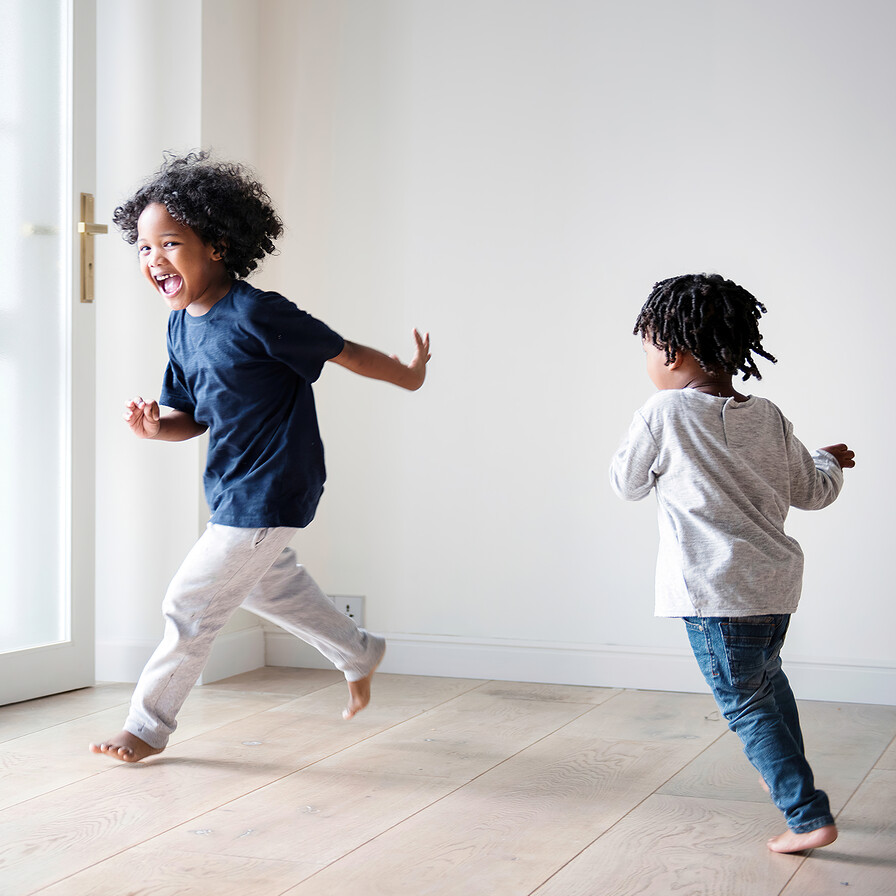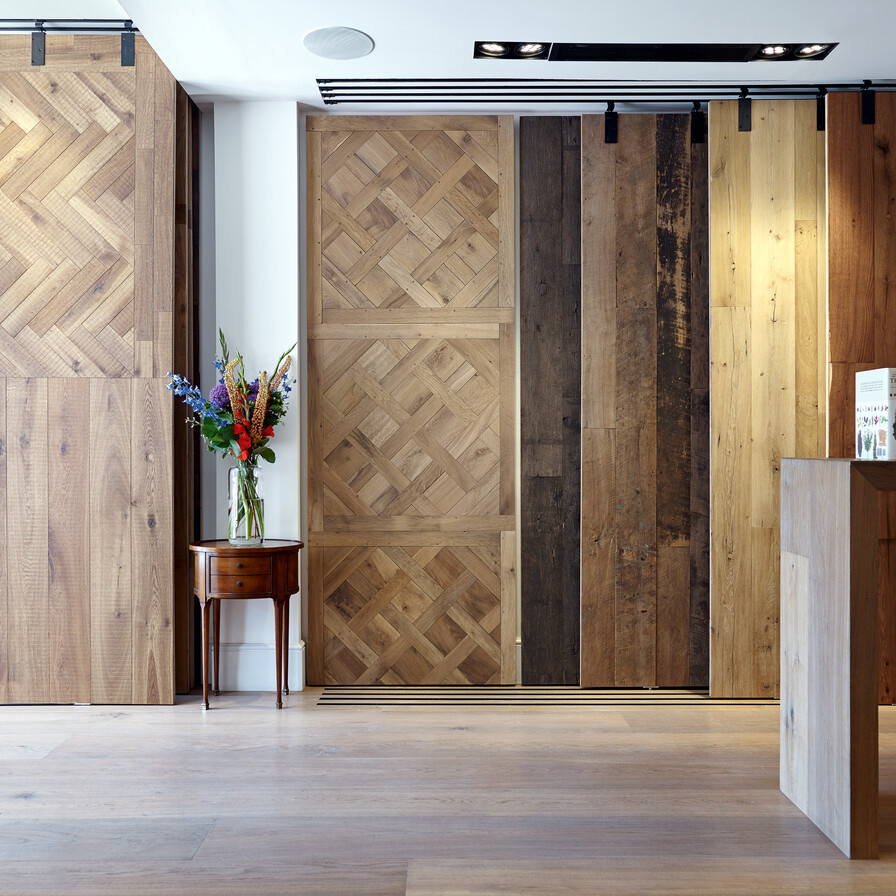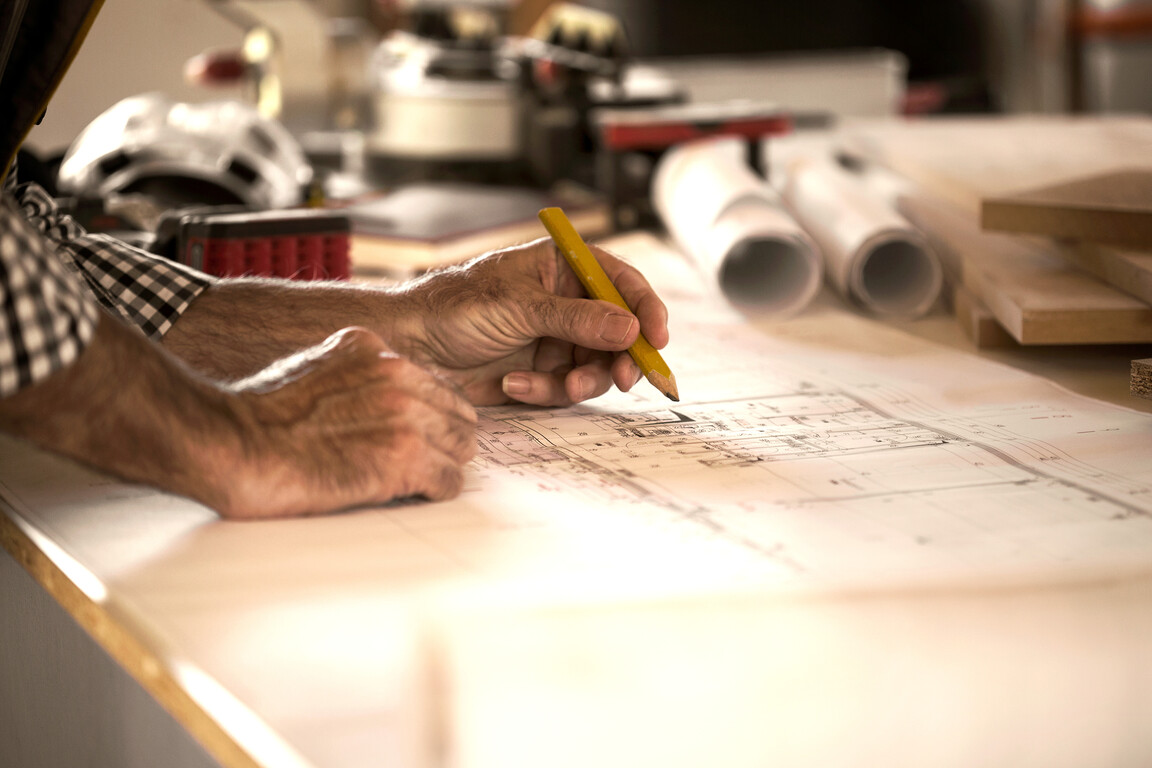
Everything you need to know about your wooden floor
Before starting any wood flooring installation, read the following instructions carefully. These are guidelines and do not replace other manufacturer’s guidelines, building regulations or architect or contractor instructions.
Site conditions
Before arranging the delivery of the flooring, the site where the floor is to be installed must be protected against all weather conditions and all wet trade work (plastering, tiling etc) must be completed. Any damp issues must be remedied in advance of installation.
At the time of installation, conditions should be within the range expected when the building is in its intended use. The Relative Humidity of the air should be between 45% and 65% and the temperature should fall between 18°C and 21°C. If you intended to paint the walls after the floor has been installed, you must ensure that any underfloor heating system is switched off and that the floor is covered with a layer of breathable membrane and a 3mm layer of plastic sheeting.
Subfloor requirements
Screed subfloor
Before installing the wood flooring, ensure that the subfloor is clean, firm, level and dry, and that any underfloor heating is switched off.
We recommend fully bonding the floor to the substrate. The screed subfloor can be sealed with a suitable surface membrane to protect the flooring from any residual moisture in the screed.
For heated sand/cement screed, the maximum moisture content should be 3%; for anhydrite screed it should be 0.3%. For any type of screed, the maximum Relative Humidity should be 75%.
Timber subfloor
Before installing the wood flooring, ensure that the subfloor is clean, firm, level and dry, and that any underfloor heating is switched off. The subfloor (plywood, chipboard) should be firmly screwed to the joists.
If the floor is being laid over radiant underfloor heating, we recommend using fibre-cement board instead of plywood or chipboard as it has a higher thermal conductivity. The wooden boards should then be fully bonded to the subfloor. Parquet flooring (herringbone, chevron, mansion weave and panels) must always be fully bonded. The maximum moisture content of timber substrates (plywood, chipboard etc) should be 12%.
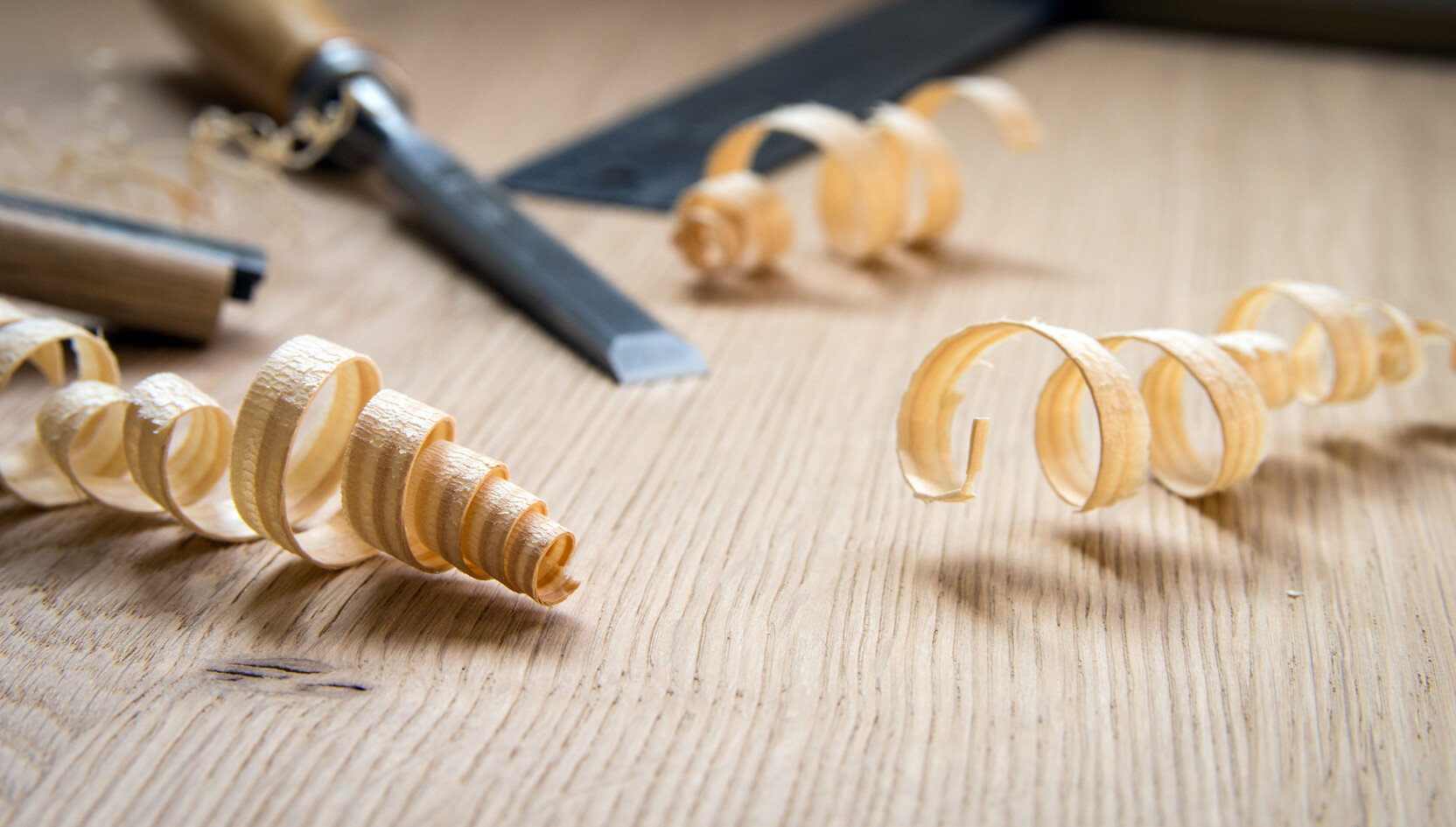
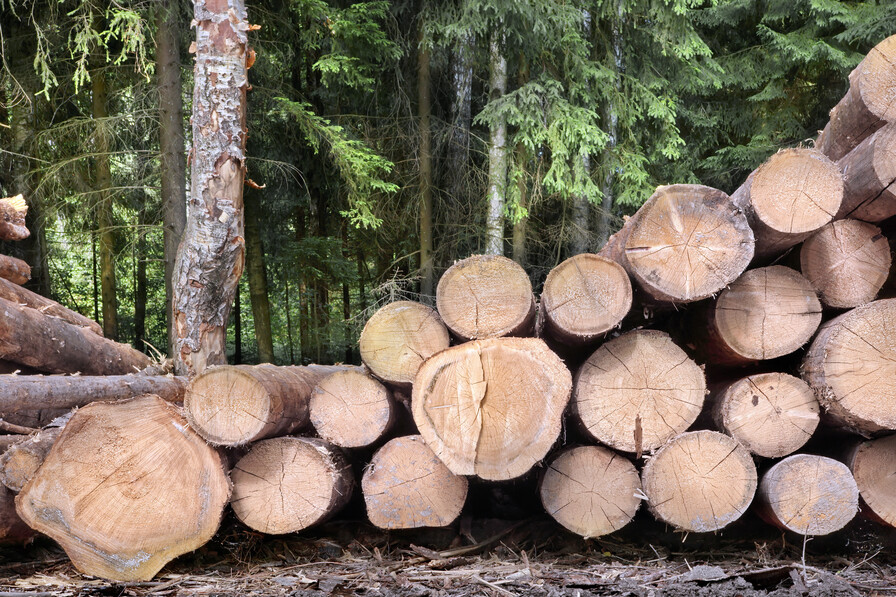
Sound insulation
In general, we don’t recommend installing floors over any type of underlay as it would compromise the quality of installation. It may be possible to lay sound insulation material over the subfloor as long as it allows the wood floor to be bonded to the subfloor.
Considerations prior to installation
When flooring is ordered, at least 10% must be added to the area size, for wastage and grading allowance. For compact areas which entail small rooms such as hallways, cloakroom etc. the wastage allowance should be increased to 12.5-20%. Please ensure you order enough material. Our minimum order quantity is 2m2 (or pack size) and there is a small order charge of £185 + Vat for orders <15m2.
The material must be thoroughly checked prior and during installation. Should an individual piece be doubtful as to the grade, manufacture or factory finish, the installer should not use the piece, or install it in a less visible area. No complaints regarding the appearance of the product will be accepted by the company once the floor has been installed.
Delivery Information
As our wood flooring is made to order, we don’t keep a large amount of stock for immediate dispatch. Ordinarily, you should allow a lead-time of eight to ten weeks for the majority of our range.
It may be possible to speed up the production time on request but it ultimately depends on the availability of the raw material. We will house your order for up to six weeks, free of charge, at our fully insured warehouse until the site is ready for installation.
For more information please see Delivery & Shipping.
